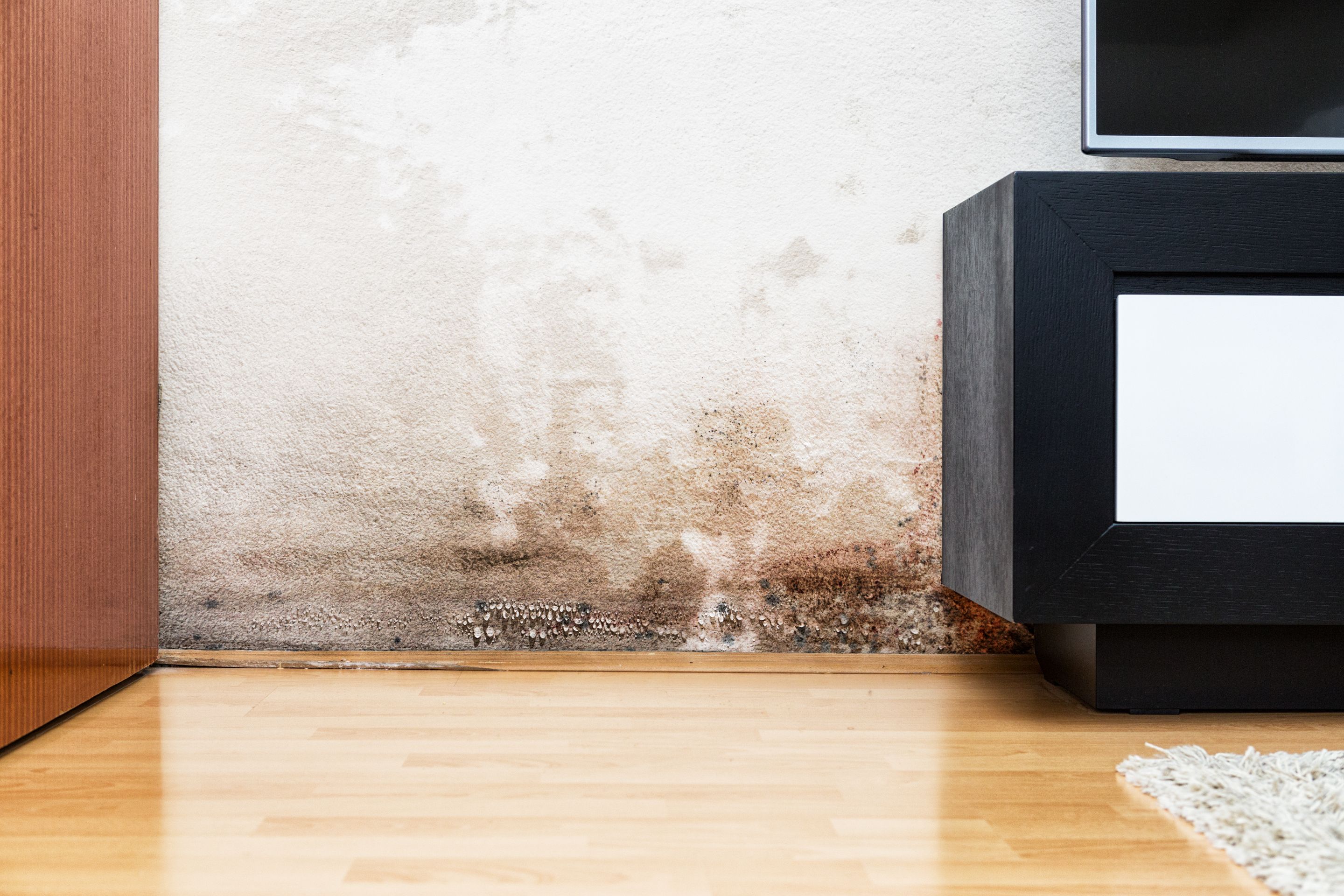EPA Mold Removal Guidelines And Do-It-Yourself Procedures
The Environmental Protection Agency (EPA) has set standards and guidelines for residential and commercial mold removal. The EPA guidelines are divided according to the size in the area that requires mod remediation. Standards are different for area of 10 sq. ft. and smaller, areas from 10 sq. ft. to 100 sq. ft., and areas greater than 1000 sq. ft.. The guidelines tell you what kind of personal protection equipment to wear, whether containment is necessary, what mold detection kit to use, and who should perform testing with that mold detection kit when the process is completed.
So, what is mold? Mold is a naturally occurring fungus that plays a role in the decomposition of plant matter like leaves and wood. They reproduce by tiny airborne spores that can enter the home through any opening, and settle on a surface. When a surface is damp, the spores multiply rapidly, within 24 to 48 hours. The spores can cause cold-like symptoms. Asthma sufferers are particularly vulnerable, and can suffer serious wheezing episodes due to mold.
What is mold doing in your house if it belongs outdoors? The answer is simple. It is doing what comes naturally. In nature, mold attaches to wet plant matter, reproduces, and eventually completely breaks down the plant matter. In the home, mold does the same thing. Except, when a homeowner has mold in AC ducts and other places, it becomes a health hazard. When mold spores land on a wet spot that provides a food source, such as insulation, cloth, wallboard, or wood, it has all it needs to thrive.
Because of the serious health effects, and the fact that some molds produce toxins that we do not know enough about yet, mold removal is necessary. Mildew is the early stage of mold. The presence of mildew in a home is a sign that there might be mold in AC ducts as well. But, even without mildew being present, a mold detection kit can alert you to a potentially hazardous mold problem. The Federal Emergency Management Association publication that answers what is mold states that any problem greater than 25 sq. ft. needs to be dealt with by a professional. For smaller problems, these are the steps you need to take.
Find and fix and sources of moisture, like water leaks or leaky windows and doors
Thoroughly scrub all contaminated areas with a non-ammonia detergent and warm water
Thoroughly rinse and dry the treated area
After cleaning, you can use bleach as a disinfectant, but bleach does not prevent the recurrence of mold. Also, you MUST be careful to not mix bleach and ammonia. MIXING BLEACH AND AMMONIA CREATES A TOXIC GAS! This is why using a non-ammonia cleaner is important. Potential problem areas should be checked routinely and disinfected with a 10% solution of bleach to water
There are some mold prevention steps every homeowner should take in order to avoid the cost of hiring a mold remediation service.
Stop water leaks. Do whatever is necessary to keep water from leaking within your home, and to stop water seepage from outside.
Stay clean Clean all fabrics in your home often. Have duct work inspected and cleaned.
Stay dry Use a dehumidifier if there is too much moisture in the air. Monitor home humidity levels, and keep them below 40%.
Disinfect Bathrooms, laundry rooms, and mechanical rooms are frequent problem areas and should be checked routinely and disinfected often with a 10% bleach solution or a commercial disinfectant.
You cant eliminate ALL mold and mold spores in your home. Mold in AC ducts can be particularly difficult to eradicate. But you can control mold growth by following the guidelines above.
You can get information on mold removal from FEMA, the EPA, the Centers for Disease Control (CDC) and your state health department. It is important to treat mold as soon as it starts. Otherwise, the problem can quickly grow too big for you to handle, requiring you to pay the cost of a professional mold remediation service.
Category: Const - Mold & Water Damage
Related Articles
Business News
Popular Posts
- 50 positive affirmations to be read every day
- 50 ways to be more like Jesus in everyday life
- Take the Wheel-Navigating Life Beyond the Screen
- Three Sentences from a Billionaire That Changed My Life and Made Me Millions
- Mind Balance - A Comprehensive Solution for Navigating Modern Mental Health Challenges
- The Islamic Quest - Transforming Self for a Fulfilling Life in Allahs Light
- Uniting in Universal Love - Embracing Commonalities Across Faiths
- Universal Pursuit of Happiness - Wisdom from World Religions
- Interfaith Insights by 1WorldPeace - The Top 100 Universal Beliefs in Global Spirituality
- Bridging Beliefs - Finding Common Ground in Love and Respect
- The SmartGuy Vision - A United Future Through Interfaith Love and Respect
- A Cautionary Vision - The Grim Future of a Divided World Without Love and Balance
- Balancing Act - How Understanding Personalities Could Unlock World Peace
- Harnessing Personality Assessment for Enhanced Well-being and Fulfillment
- A Tapestry of Faiths - Exploring the Common Threads in World Religions
- Understanding Judaism - A Comprehensive Overview of Beliefs Practices and Cultural Impact
- Understanding Buddhism - Insights into Its Teachings Meditation and Cultural Impact
- How Mind Balance Empowers You Against Misinformation
- Clearing Mental Plaque: The Path to Enhanced Communication and Divine Connection
- Living the Teachings of Jesus - 100 Lessons for a Compassionate and Faithful Life
